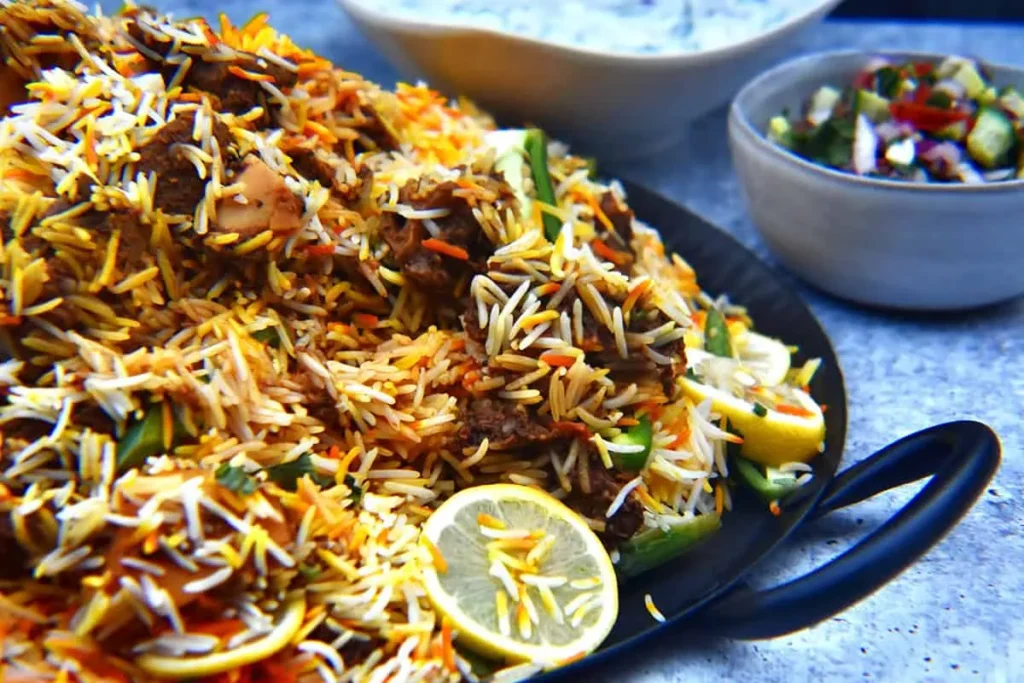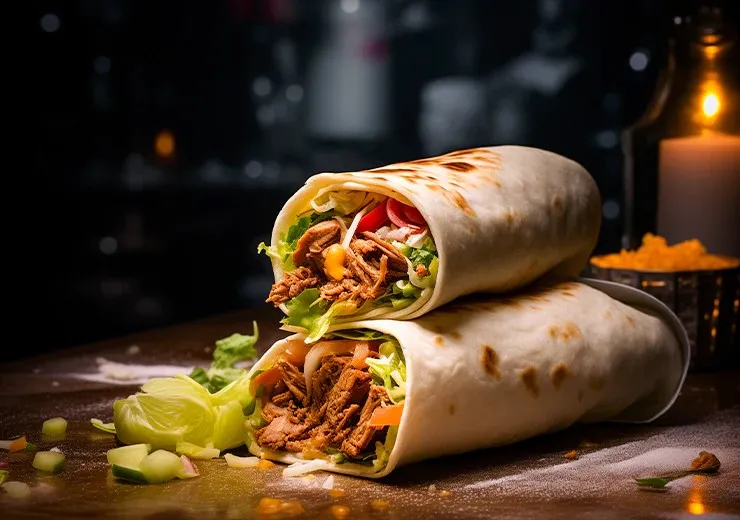Biryani is more than just a dish; it is an emotion for food lovers across the world. A perfect biryani is a blend of aromatic spices, tender meat, and, most importantly, the right rice. Choosing the best rice for biryani is crucial because it forms the heart of the dish. If the rice is not of good quality, even the finest spices and techniques won’t deliver the authentic taste and texture that biryani demands. In this article, we will explore why rice selection matters, which varieties are considered the best, and tips for cooking the perfect biryani.
Why Choosing the Best Rice for Biryani Matters
The soul of biryani lies in its layers, where each grain of rice remains separate, fluffy, and infused with flavor. The best rice for biryani must have certain characteristics:
- Long grains
- Non-sticky texture after cooking
- Ability to absorb flavors
- Aroma that complements the spices
Using regular or low-quality rice can turn biryani into a mushy or bland dish, robbing it of its signature royal feel. That’s why selecting the right rice variety is the first and most important step toward mastering biryani.
Top Varieties of Rice for Biryani
When it comes to finding the best rice for biryani, several varieties stand out based on tradition, quality, and flavor.
1. Basmati Rice
Basmati rice is undoubtedly the king when it comes to biryani. Known for its extra-long grains and heavenly aroma, Basmati rice cooks up fluffy with each grain remaining separate. It absorbs the spices and meat juices beautifully, making it the preferred choice for most biryani lovers.
Some of the popular types of Basmati include:
- Traditional Basmati: Aged for a year or more to enhance its flavor and texture.
- 1121 Basmati: Extremely long grains, ideal for commercial biryani makers.
- Pusa Basmati: Slightly shorter than traditional varieties but still highly aromatic.
If you are aiming for a royal and authentic experience, Basmati rice is hands down the best rice for biryani.
2. Seeraga Samba Rice
Seeraga Samba rice, native to South India, is often used in traditional Tamil Nadu-style biryani. It has short grains but carries a unique aroma and flavor profile that beautifully complements rich spices. This variety is especially famous in Chettinad and Dindigul biryanis.
Though it’s not the typical long-grain rice, Seeraga Samba still earns a place as the best rice for biryani in many South Indian kitchens.
3. Jeerakasala Rice
Jeerakasala (or Kaima) rice is another short-grain aromatic rice variety used primarily in Kerala’s Malabar biryani. Though smaller in size compared to Basmati, it offers a distinct softness and flavor that make Malabar biryani rich and luxurious.
For those seeking a softer, more flavorful version, Jeerakasala can be considered the best rice for biryani.
Tips for Cooking the Best Rice for Biryani
Even after choosing the best rice for biryani, proper cooking techniques are critical to achieving the right texture:
- Soak the Rice: Always soak the rice for at least 30 minutes before cooking. Soaking helps in elongating the grains and reducing cooking time.
- Use the Right Water Ratio: When boiling rice separately, use plenty of water (like pasta) and drain it once the rice is 70-80% cooked. For dum biryani, slightly undercooked rice is essential.
- Add Whole Spices to Boiling Water: Adding bay leaves, cinnamon, cardamom, and cloves to the boiling water infuses the rice with subtle flavors right from the start.
- Avoid Overcooking: Rice for biryani should remain firm and not break easily. Mushy rice can ruin the layered structure.
- Layering is Key: Properly layered biryani allows the flavors to penetrate the rice without making it sticky or soggy.
Conclusion
Choosing the best rice for biryani is more than just picking a brand or variety — it’s about understanding the characteristics that make biryani special: aroma, texture, and flavor absorption. Whether you opt for the regal Basmati, the flavorful Seeraga Samba, or the soft Jeerakasala rice, using the right type of rice will elevate your biryani from good to unforgettable.
The next time you plan to make this royal dish, remember that the secret to a truly perfect biryani lies in starting with the best rice for biryani. Pair it with fresh spices, quality meat or vegetables, and traditional cooking techniques, and you’ll have a biryani that wins hearts with every bite.



